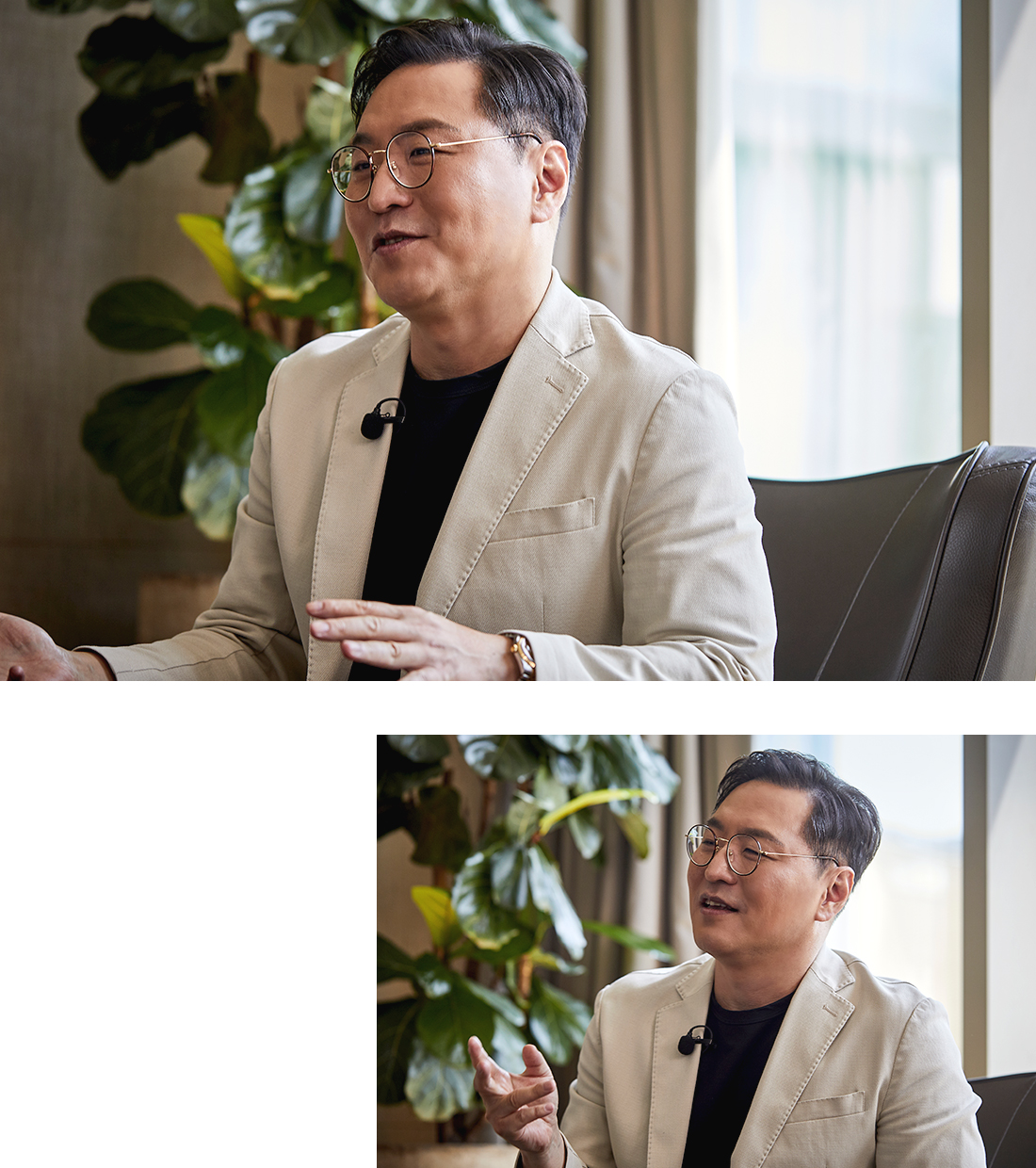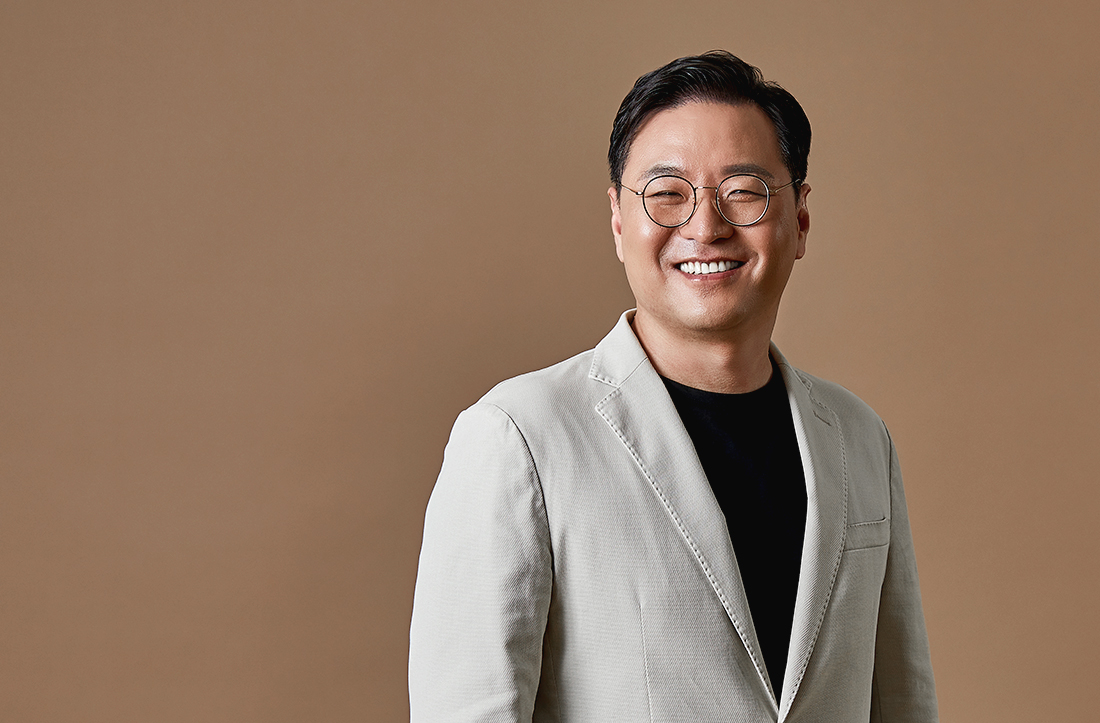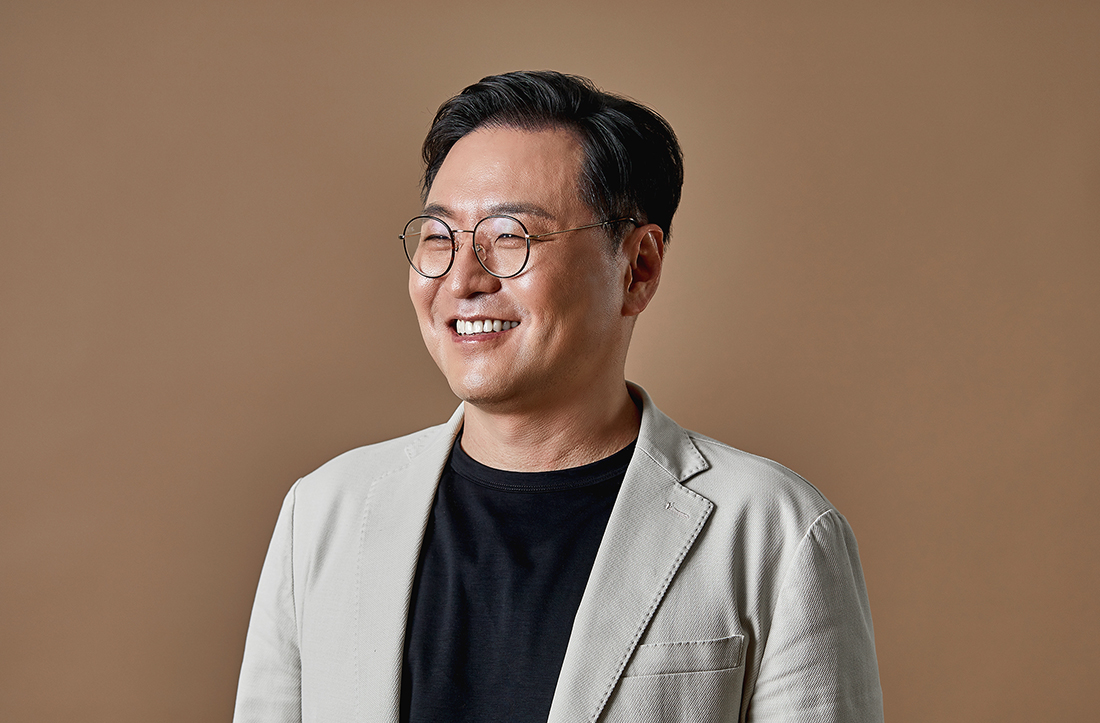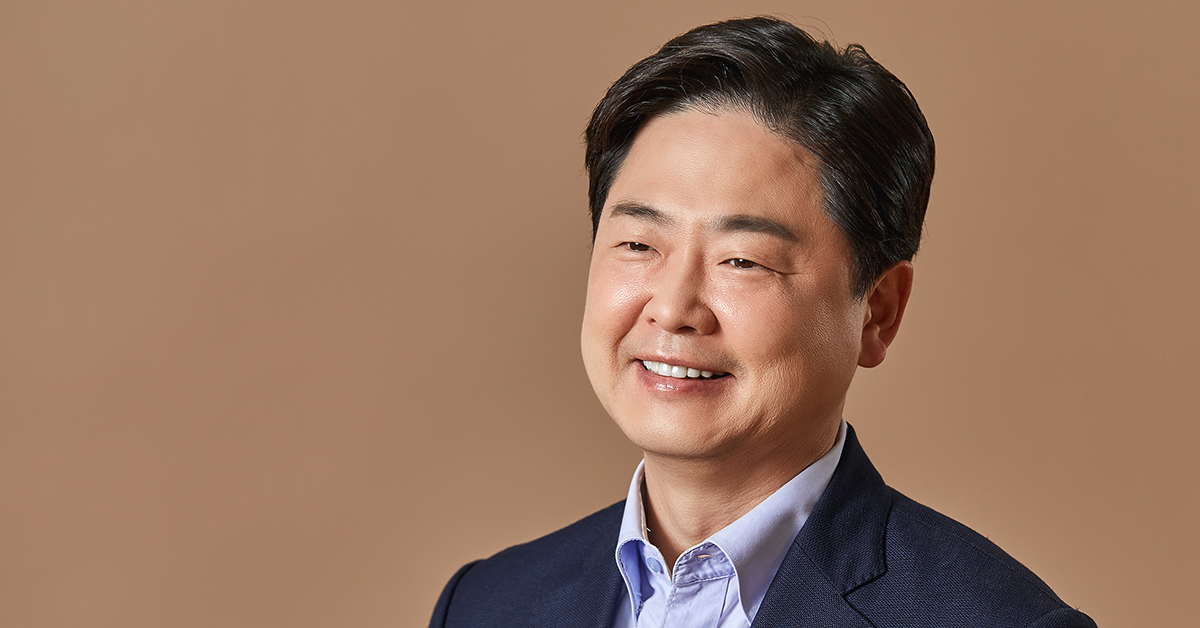“SCIENCE to the Future” is a series of interviews that view science and technology as the source to create ‘a new world connected with joy’. The ninth interviewee of the series is the Chief Research Officer (CRO) of NCSOFT, Jehee Lee. Having served as Professor of the Department of Science Engineering Department, Seoul National University, CRO Jehee Lee studied human movements and their reproduction through computers. In this interview, we will talk about the indefinite attractiveness of computer graphics. Also, we will listen to the vision, dream, and goal that he has developed as the CRO of NC, leaving the world of research where he spent most of his time in professional career.
2022.06.14 NC Leadership
Building Fences to Create Sustainable Joy: Bong-kyu Suh, Chief Legal Officer
 Facebook
Facebook  Twitter
Twitter  Reddit
Reddit  LinkedIn
LinkedIn  Email
Email  Copy URL
Copy URL 






